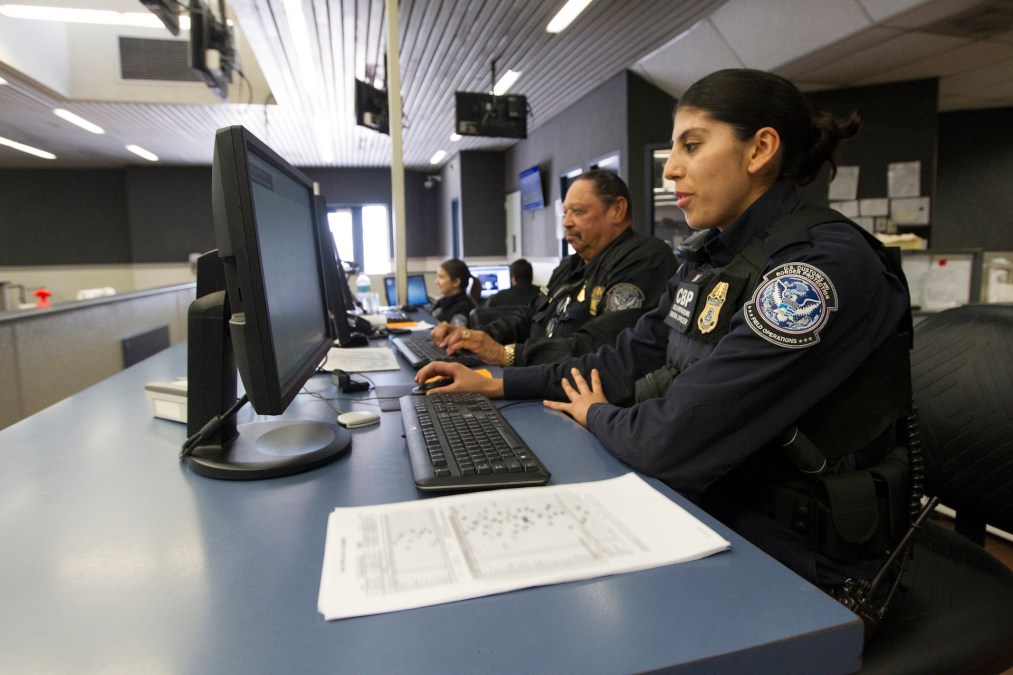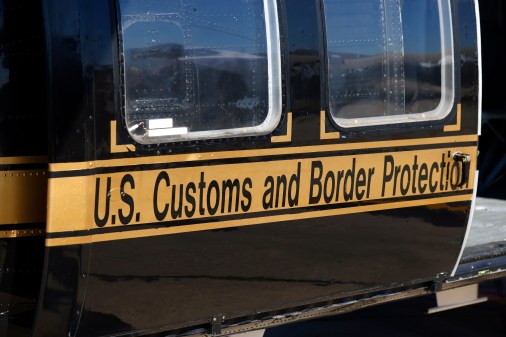Customs and Border Protection’s IT hurts its ability to secure the border, IG says

In an era of travel bans and extreme vetting, a Department of Homeland Security inspector general’s report released last week suggests some key border insecurities are a bit more basic — stemming from Customs and Border Protection’s IT weaknesses.
“CBP’s IT systems and infrastructure did not fully support its border security objective of preventing the entry of inadmissible aliens to the country,” the report states. “The slow performance of a critical pre-screening system greatly reduced Office of Field Operations officers’ ability to identify any passengers who may represent concerns, including national security threats.”
Additionally, the report says, “frequent” system outages mean officers at international airports find themselves relying on backup systems that are weaker when it comes to identifying travelers. “System challenges caused passenger delays and prompted the need to use backup screening methods that did not provide the same level of assurance for vetting passengers prior to entry into the United States,” the report states.
The issues extend beyond airports, too, as “IT systems and infrastructure also did not fully support Border Patrol and Air and Marine Operations border security activities between ports of entry.”
The report calls CBP’s IT issues “long-standing” and, in part, blames budget constraints faced by the agency.
That said, the report acknowledges that CBP’s $1.4 billion IT budget in fiscal 2016 is the largest IT budget within DHS. CBP’s Office of Information and Technology “has more than 5,200 IT staff, including 1,953 Federal employees and 3,280 contractors, supporting CBP’s IT environment.”
And at CBP, as at other federal agencies, a sliver of this budget goes toward modernizing IT systems — a measure, it is hoped, that will improve their effectiveness and efficiency. But that doesn’t always work out as planned.
In one section of the report, OFO employees interviewed by the IG think back fondly on the legacy TECS system, a law enforcement information sharing platform officers use to pre-screen passengers.
“Users told us that within the legacy environment, system response times and ease of navigation allowed them to complete pre-screening checks fairly effectively,” the report states. “However, the legacy environment was outdated and no longer supportable; therefore, CBP had to undertake efforts to modernize. OFO officers we interviewed stated they experienced poor system performance after switching to the modernized environment.”
The modernized, web-based TECS, it seems, requires a lot more bandwidth than the CBP network had available and therefore ran quite slowly. The report does acknowledge that since the initial transition, the TECS Modernization Program has taken steps to improve the modernized system.
The Office of the Inspector General made seven recommendations to CBP, including that the agency conduct a user assessment of the modernized TECS system and that the agency double down on replacing the obsolete legacy IT systems that remain. CBP agreed with all the recommendations.






